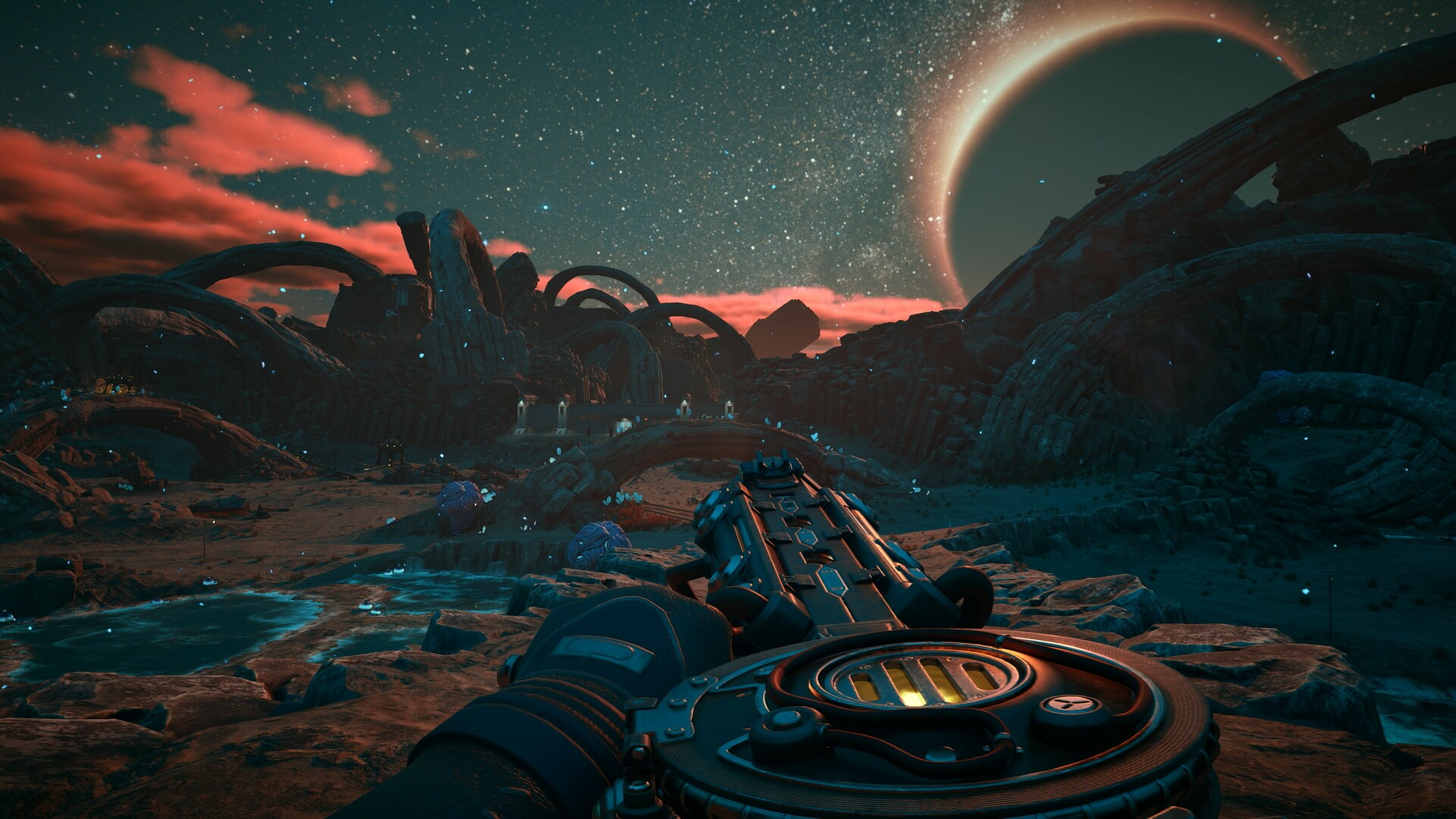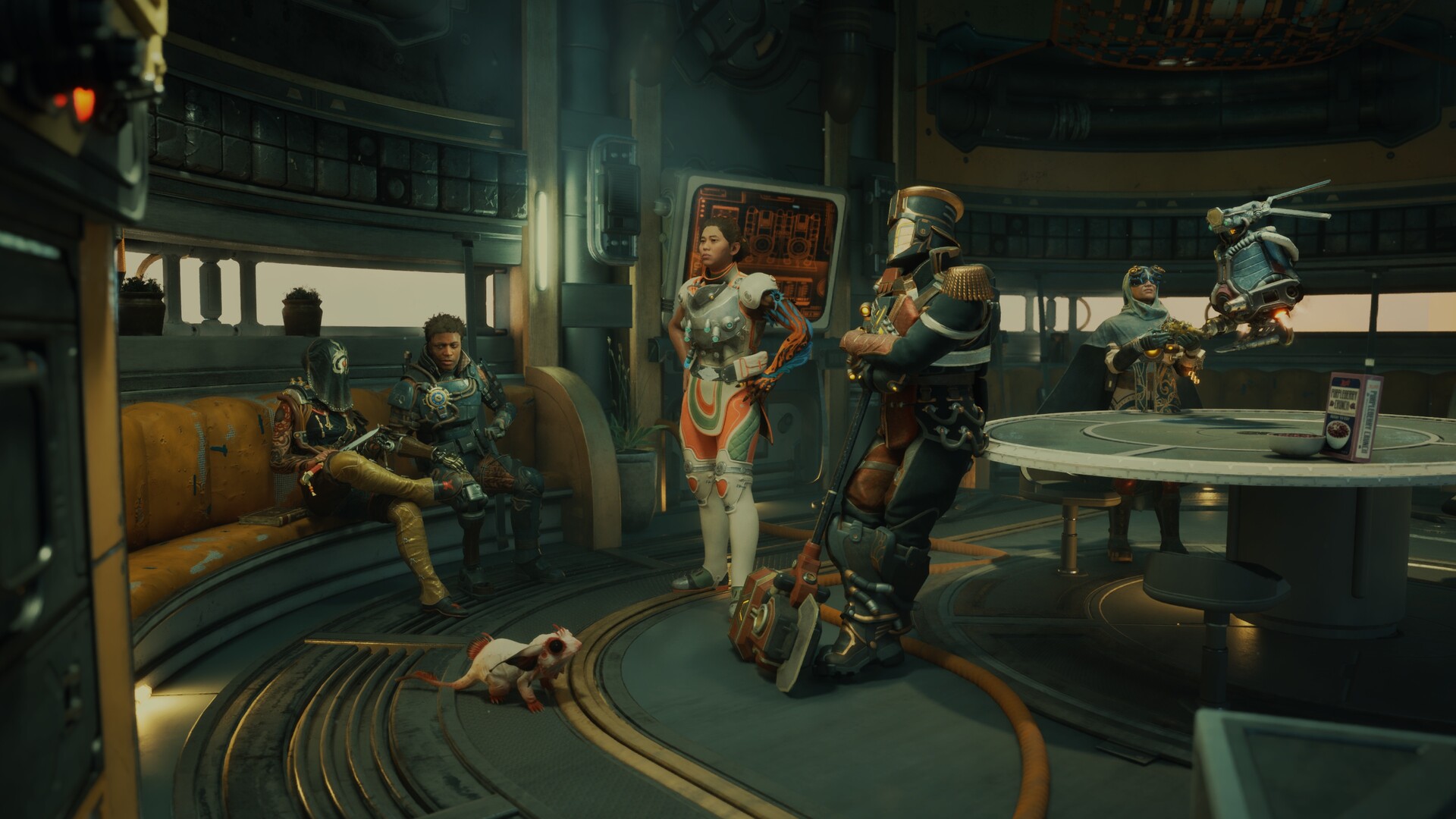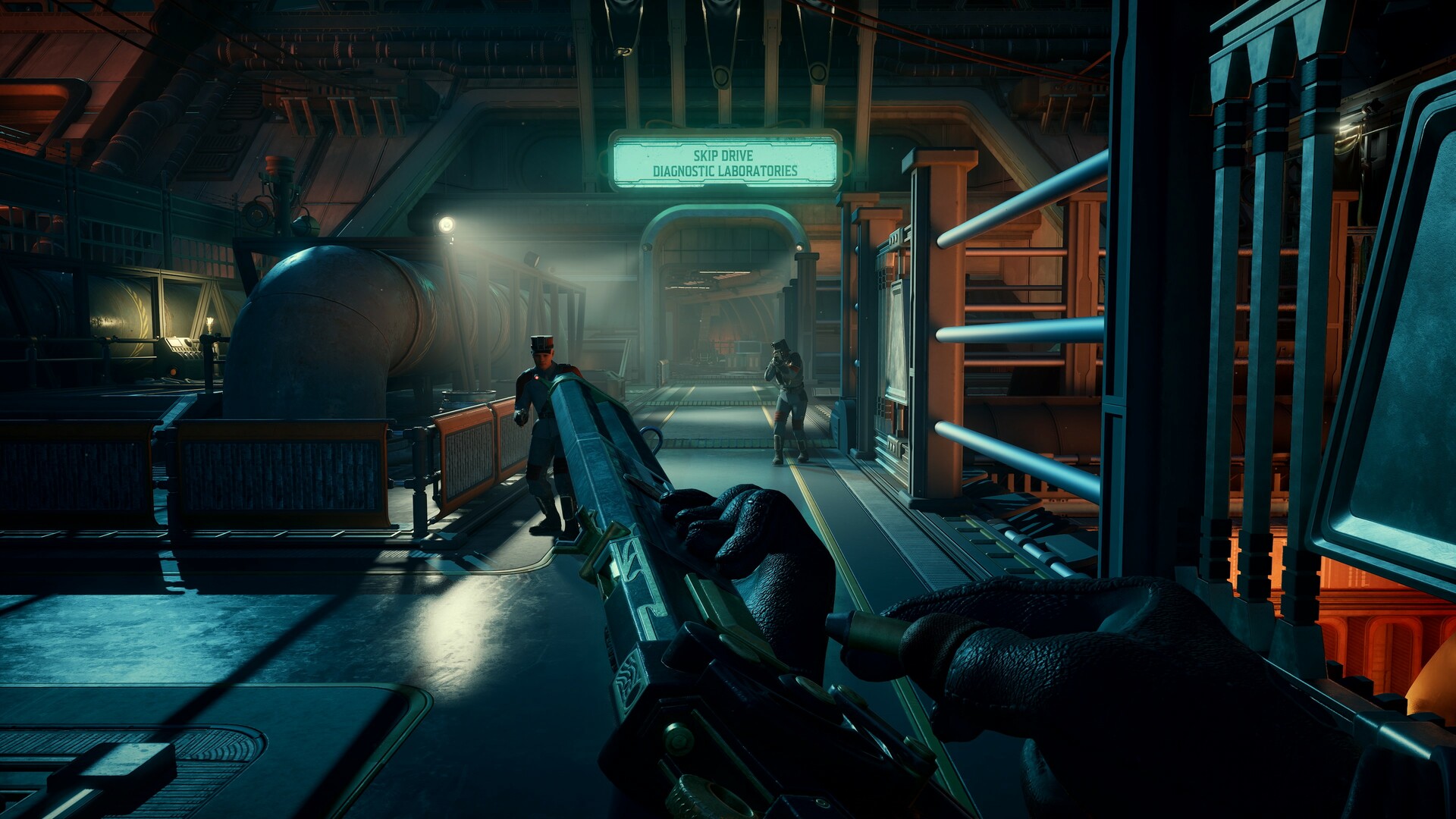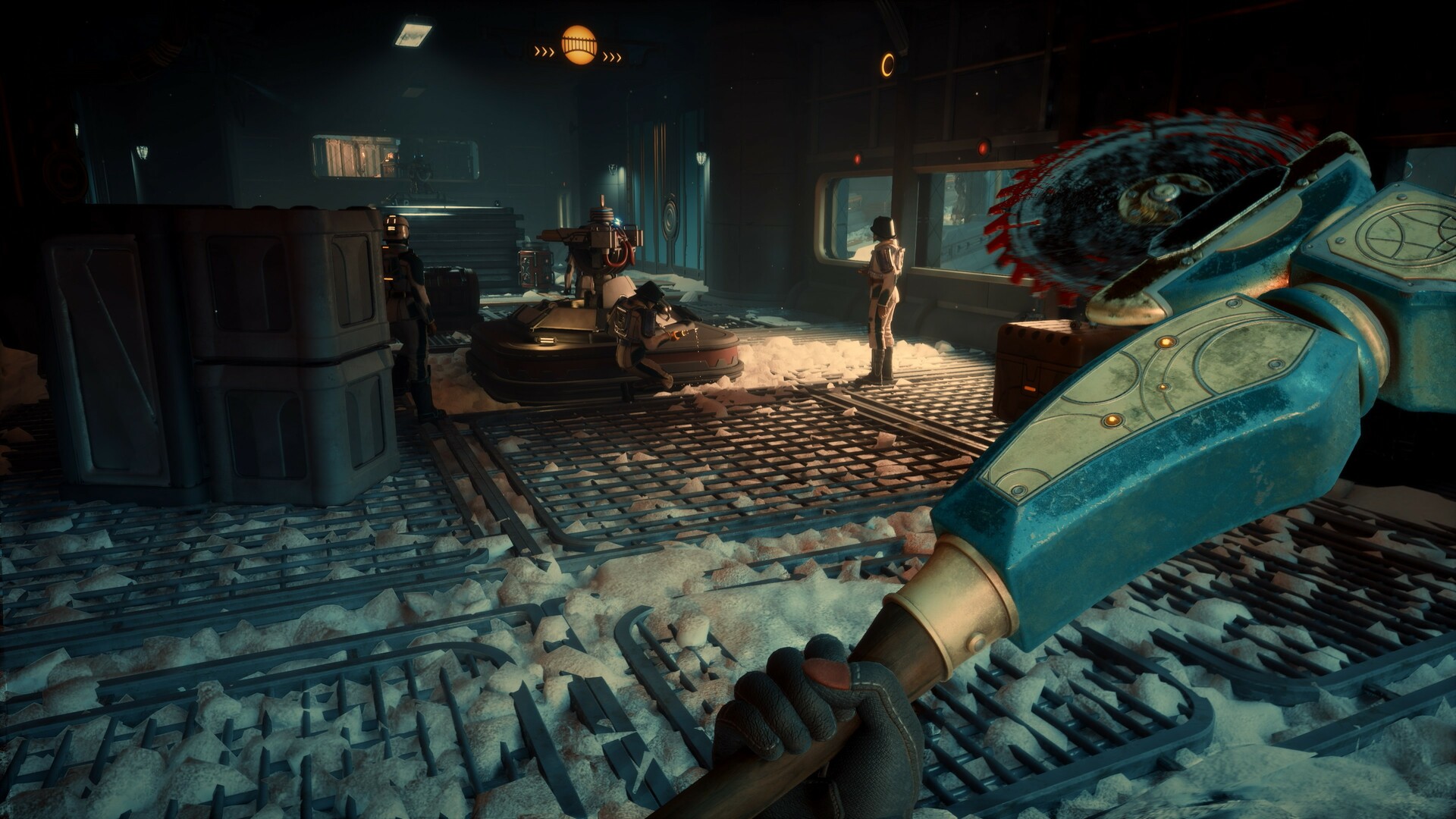Obsidian Entertainment’s anticipated sequel to the cynical, corporate-dystopian RPG, The Outer Worlds 2, arrives at a prolific time for the studio. Following closely on the heels of their somewhat praised fantasy RPG, Avowed, and the sequel to the ongoing survival hit, Grounded, Obsidian has set an ambitious pace for 2025. The question looming over this sequel is whether they could successfully deliver a third high-quality experience in a single year.
The short answer, in true Obsidian fashion, is almost—but it’s complicated. The Outer Worlds 2 is in every measurable way a faithful sequel, iterating subtly on the mechanical framework of the original. However, in its dedication to preserving the core formula, it has failed to address critical structural weaknesses, resulting in an experience that prioritizes action and choice mechanisms over profound narrative and character development.

Story and The Bland Frontier
The Outer Worlds 2 plunges the player into the role of an agent working for the powerful Earth Directorate. The main action kicks off with an assignment to Arcadia, where political backstabbing and betrayal quickly steer you onto a rogue hunt for a former colleague. This journey is intended to guide you through the familiar rifts between megacorporations and oppressive governmental structures that define the series’ universe.
While the setting promises rich intrigue, the narrative thread itself feels remarkably thin. The primary criticism of the first Outer Worlds—that its story felt more like a vehicle for player choices than a compelling framework in its own right—sadly applies even more strongly here. Where the original, especially through its post-launch DLC, managed to inject genuine narrative stakes, the sequel seems content to let the player’s immediate decision points overshadow any overarching plot significance. The story is purely functional, designed simply to move the player from one moral fork in the road to the next.
The cynical and dark humor that defines the series remains intact, providing moments of genuine levity, but these shining examples of writing are often relegated to environmental storytelling, peripheral comments, or hidden data logs outside of the critical path dialogue.

A Forgettable Crew
For an RPG of this magnitude, the failure to create memorable companions is arguably the game’s greatest narrative oversight. The original Outer Worlds crew suffered from being largely interchangeable, and that issue persists—and perhaps even worsens—in the sequel. Your companions are mechanically useful, providing necessary buffs, healing, or additional damage in combat, but their contributions largely stop there.
Hours into the game, after dutifully completing their personal side quests and spending time with them aboard the ship, the companions remain frustratingly sterile. I struggled to recall their names, their motivations, or any distinct personality traits that would endear them to me, a common failing that applies to almost every NPC encountered across Arcadia. For a game that relies so heavily on dialogue and relationship building, the general blandness of the character roster leaves the universe feeling hollow and disconnected.
Choice, Combat, and Empty Space
If the narrative aspects are disappointing, the gameplay loop is where The Outer Worlds 2 truly shines as a successful sequel. At its core, the game maintains the satisfying, fluid mechanics of its predecessor, delivering exactly what fans wanted: more of the same, but slightly tighter.
The central strength of this sequel, which elevates it above feeling like a straight linear shooter, is the unmatched dedication to player agency in mission completion. The Outer Worlds 2 is built around the freedom to approach almost any major objective through a multitude of paths. Whether you prefer a front-on tactical assault, silent sneaking, sophisticated hacking, smooth-talking diplomacy, or simply buying off the necessary parties, the game accommodates it.
Furthermore, this freedom has a tangible, lasting impact. Mission decisions are rarely isolated; they often chain together, with your approach in an early quest opening or closing entirely new avenues for later parts of the quest line. This provides the robust roleplaying framework the narrative otherwise lacks, forcing players to genuinely inhabit their chosen character specialization.
Supporting this framework is the familiar three-part progression system—Attributes, Skills, and Perks—which returns with modest but impactful tweaks designed to make investment choices matter more. Specializing in charisma truly opens up dialogue pathways, just as investments in hacking bypasses tricky combat encounters.

The Feel of the Fight in a Linear Open World
Combat feels largely identical to the first entry, which is mostly a positive if occasionally uninspired experience. The shooting mechanics are reliable—good, but never great—though the inclusion of various weapon types and ammo optimized against specific enemy armor types adds a necessary layer of tactical preparation. Melee combat remains somewhat janky and serviceable, but the emphasis is clearly on ranged engagement.
Despite Obsidian’s track record in crafting rich, sprawling worlds (and having recently proven their ability to do so with Avowed), the environments in The Outer Worlds 2 feel strangely empty. Being a semi-open world RPG, one expects incentives to explore off the beaten path, but outside of immediate mission parameters, the zones lack compelling secrets or encounters. This significantly discourages investigation. While the mission structure is complex, the physical journey between objectives often devolves into simply rushing from marker to marker, reinforcing the perception that the game is, fundamentally, a linear shooter with an intricate choice mechanic layered on top, rather than a true exploration-driven RPG.
Stylized and Stiff
Visually, The Outer Worlds 2 successfully embraces the series’ established aesthetic. The colorful, stylized, and smooth textures lean toward a cartoonish look rather than attempting photorealism, which effectively suits the game’s cynical tone and provides a distinct visual signature.
Character models generally look good, but the technical execution during dialogue sequences is disappointing. Despite the graphical fidelity, NPCs often appear rigidly stiff, trapped in what feels like an endless series of “one-angle dialogues.” For a game built on conversation, the lack of dynamic animation and framing feels dated.
Furthermore, while the voice acting across the board is generally competent, the technical synchronization is distracting. Lip-syncing often drifts out of alignment, which is noticeable given the sheer volume of dialogue crucial to the game’s progression.

Conclusion: Freedom at a Cost
The Outer Worlds 2 is a conflicted successor. It successfully retains the vibrant, cynical universe Obsidian established and enhances the core mechanism of mission freedom, offering players nearly unparalleled agency in how they complete their objectives. These elements provide consistent enjoyment and are the game’s greatest assets.
However, in its commitment to iteration, the game failed to evolve where it needed to most. The experience feels markedly more action-oriented and less fundamentally RPG-focused than desired. A lackluster, aimless main story, combined with utterly forgettable companions and a pervasive lack of incentive to explore the open world, makes the overall roleplaying experience surprisingly thin.
For those who loved the caustic humor and the sheer variety of ways to complete a mission in the first game, The Outer Worlds 2 delivers a fun, if mechanical, continuation. But for players seeking a rich narrative, memorable characters, and a world worth getting lost in, this sequel is sadly hard to recommend outside of the satisfaction derived from its complex mission pathways. It’s a good shooter with deep dialogue trees, but a disappointing Obsidian RPG.

Leave a Reply